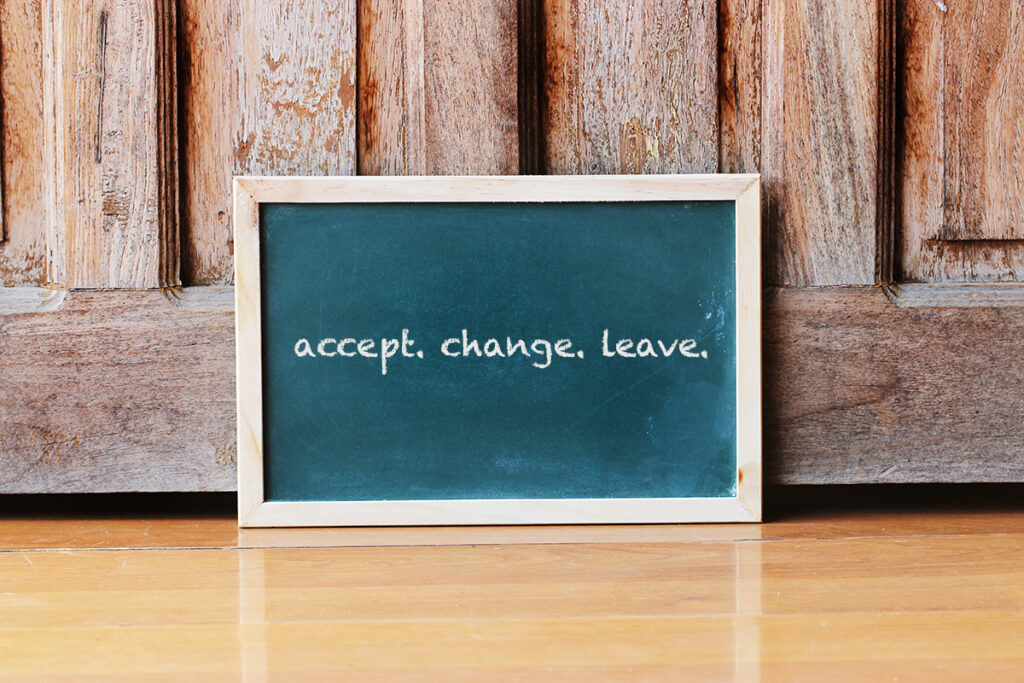Are You Sure?
Stories have to be told or they die, and when they die, we can’t remember who we are or why we’re here.
—Sue Monk Kidd
We entered the jam-packed school supply aisle at our local department store in search of a new backpack. In a few short weeks, my son would be heading to preschool, his very first school experience. To build his excitement for the start of the school year, I told him he could choose his backpack. As I held his hand, we walked up and down the aisle and I began calling his attention to different backpacks: “Oh, look at the cool shapes and patterns on this backpack…Check out the color combinations on this one.” One by one, I picked out the backpacks that I liked and secretly wanted him to choose. I felt like a car salesman, trying to sell him the latest and greatest backpack with all the bells and whistles.
But with each backpack description, he just smiled and said, “Oh.”
And then he spotted it. The backpack—covered in characters from a popular movie, with a touch of hologram effect. Interestingly enough, I had failed to mention it in my sales pitch. He excitedly grabbed it off the wall hook and hugged it close. “I want this one,” he said to me, smiling ear to ear.
“Are you sure?” I asked him, hesitantly. I held up another backpack and said, “What about this one?”
“This is the one I want,” he assured me.
We continued making our way through the store, picking up additional school supplies along the way. Still unsure that he had made the right backpack choice, I periodically stopped and asked, “Are you sure this is the one you want?”
Each time, he responded with “Yes! It is the one I want.” We purchased the backpack, along with the other supplies, and headed home. As my son walked into the door, he threw the backpack straps over his shoulders and said, “See, Mommy, it fits. This is the right one for me!”
Choice is a term used in education on a daily basis. We know that choice helps increase motivation and engagement in our readers and writers. That’s why I let my son choose his backpack. We give students choice in books to read, topics to write about, and places to do this work in the classroom. But are the choices we give our students really choices for them?
Our school year is filled with choices for students to make. Let’s remember to offer these choices for students with sincerity and fairness. Let’s remember to showcase a variety of options for students, considering who our students are, what interests them and makes them smile. Let’s remember that their choices are not about us but about them, as they find what fits them as learners along their educational journey.
This week we look at bookmaking and publishing routines. Plus more as always—enjoy!
Heather Fisher
Contributor, Choice Literacy


No comments:
Post a Comment